Professional photographer and Sony Artisan Of Imagery Don Smith has decades of experience under his belt. “The two types of photography that I've been drawn to are sports and landscape,” he says. “I started my professional career after graduating college and shot both college and professional sports for 28 years. For the longest time, the sports photography paid the bills while my landscape photography was my way to relax and get more personal with my image creations. Along the way, I worked for: Sports Illustrated, The New York Times, San Jose Sharks (co-team photographer for 28 years), the NBA where I covered the Warriors and the Kings, and Getty Images. Fourteen years ago, I turned my attention to creating and teaching landscape workshops and now I teach around the world.” We connected with him to learn more about his cameras and lenses for landscapes and astroscapes including "the best camera I have ever worked with." See what’s in his bag below.
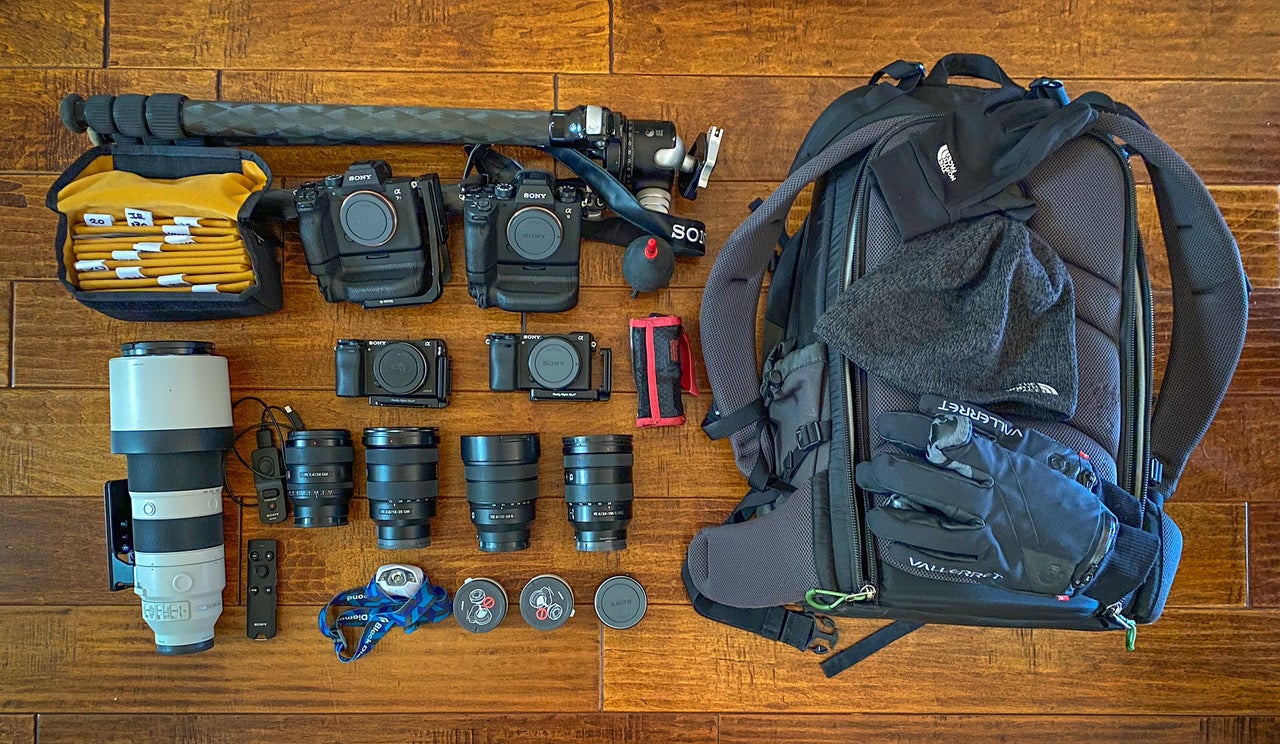
Take a look inside long-time sports shooter turned landscape pro Don Smith's bag. See what he calls the best camera he's ever used, IR conversions & key lenses.
Cameras
Sony Alpha 1: In my opinion, this is the best camera I have ever worked with. I find I am using it exclusively for my landscape photography. The files yield the most realistic colors I have ever seen and the image file has a sharpness to it that makes each image pop. It can do everything I need in nature from low-light to wildlife.
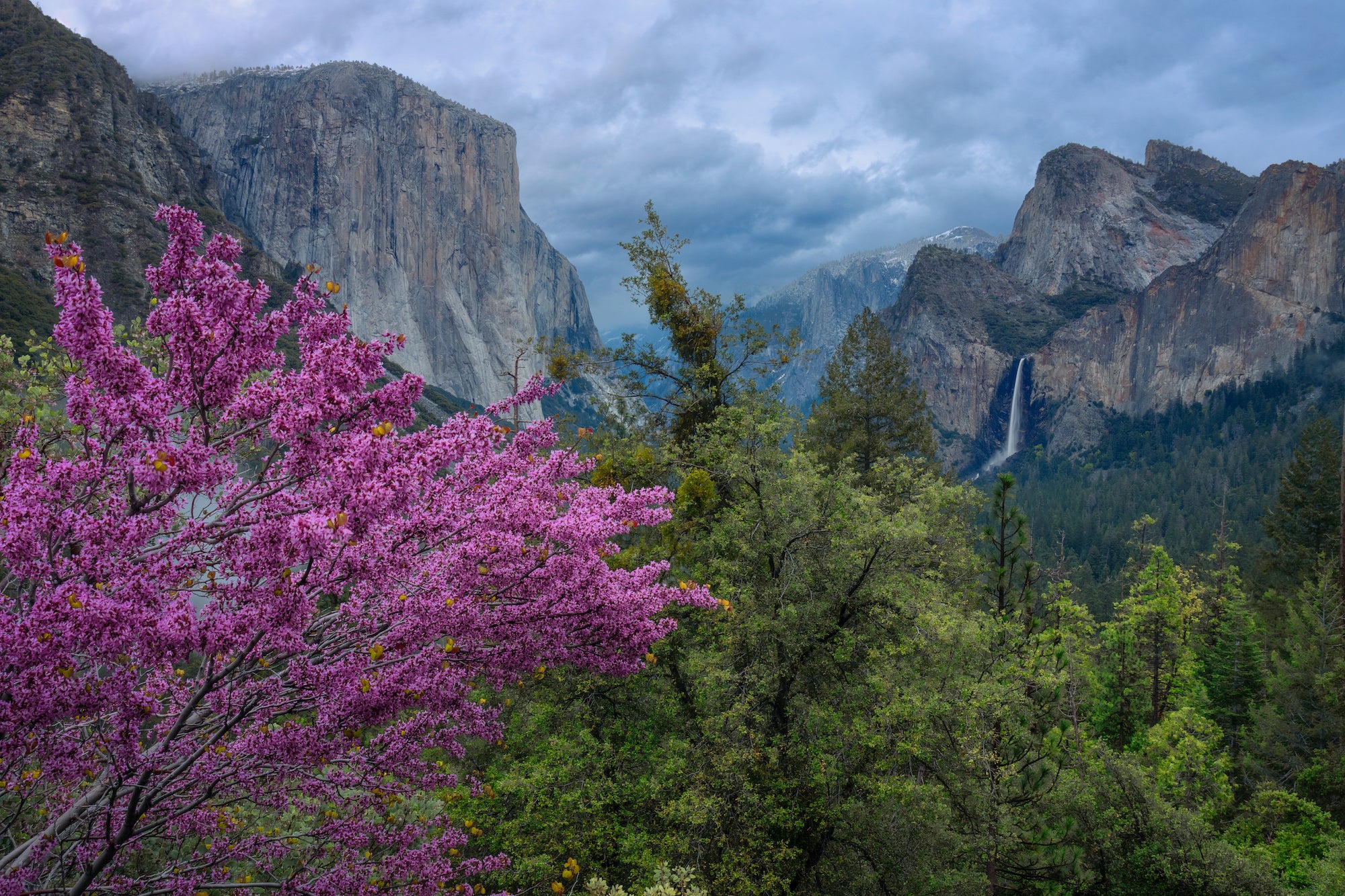
Photo by Don Smith. Sony Alpha 1. Sony 24-105mm f/4 G. 1.6-sec., f/16, ISO 100
Sony Alpha 7R IV: I still carry and shoot this camera quite often and it is now the backup camera to my Alpha 1. It yields a bit more megapixels than the Alpha 1 and is my go-to for the client that wants extreme enlargements.
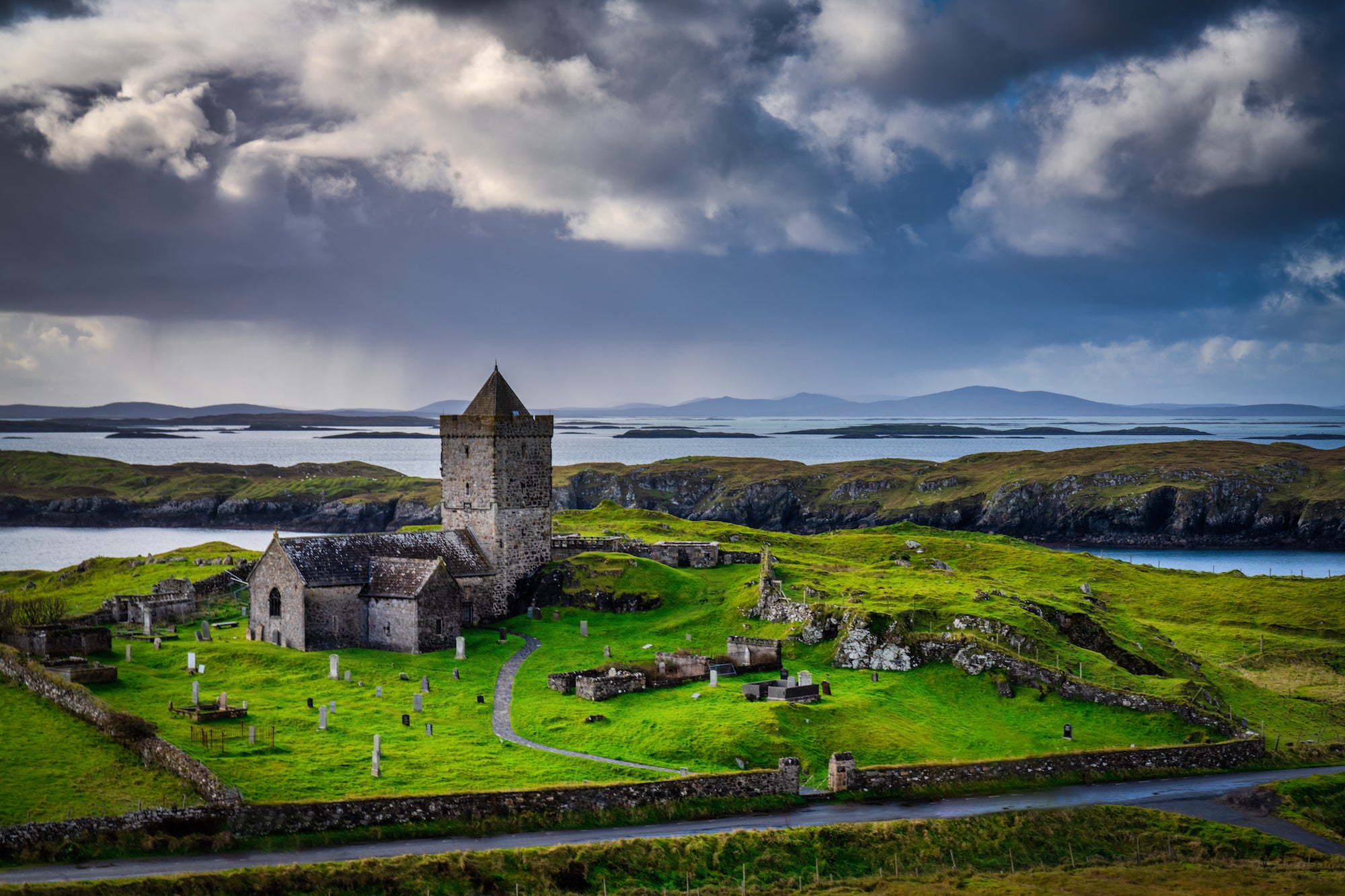
Photo by Don Smith. Sony Alpha 7R IV. Sony 24-105mm f/4 G. 1/80-sec., f/16, ISO 100
Sony Alpha 7S III: I use this camera for both video and astrophotography – especially dark sky and Milky Way. I have no hesitation working at ISO 12,800, which for an old-school guy like me is incredible! I can honestly remember the film days when ISO 400 was a big deal. I love the new redesigned Menus and EVF. With both Focus Peaking and Dark Monitor enabled, it makes it almost impossible to miss focus while working in the dark.
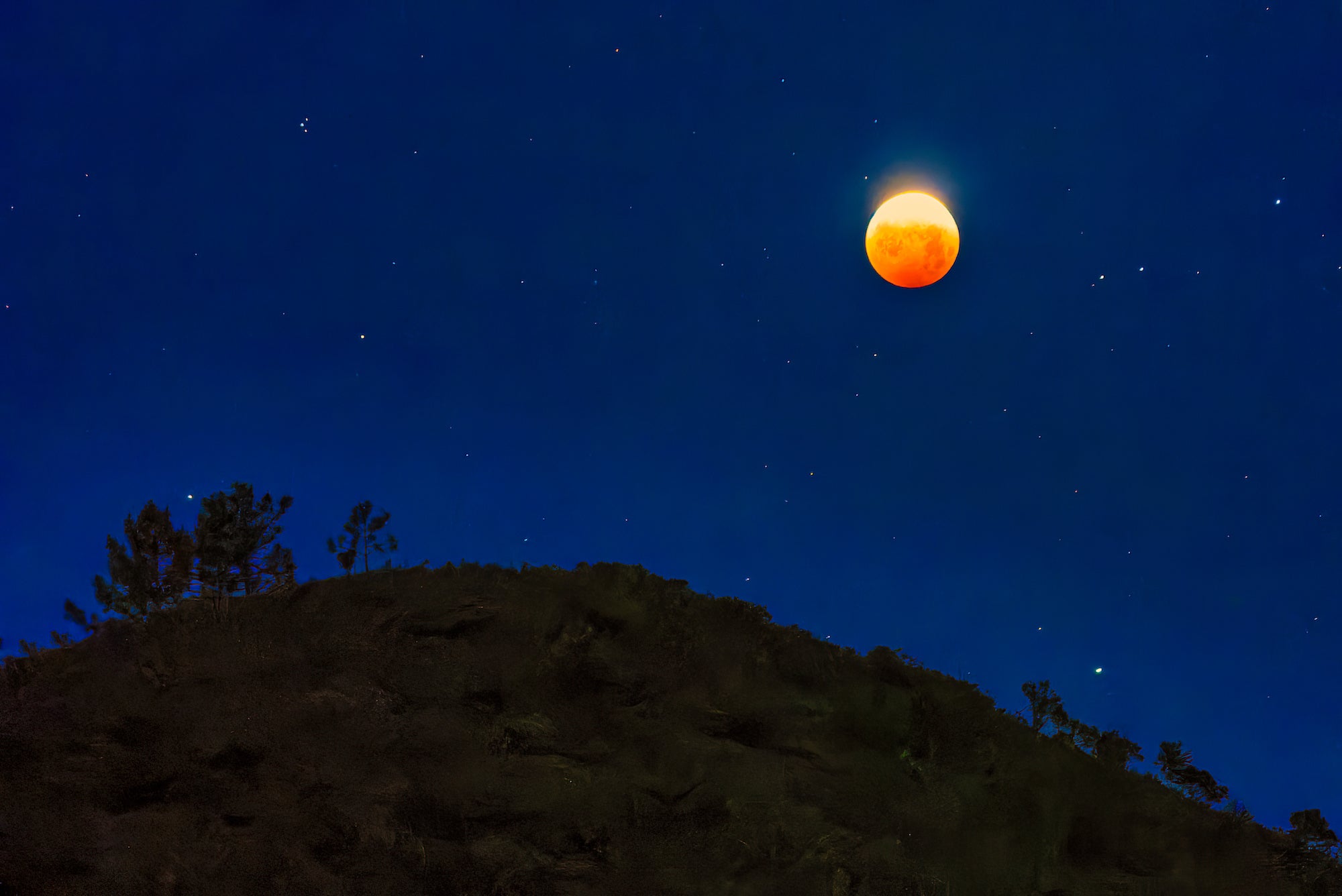
Photo by Don Smith. Sony Alpha 7S III. Sony 200-600mm f/5.6-6.3 G. 1/4-sec., f/8, ISO 80,000
Sony Alpha 7 III: I’m a huge fan of infrared photography and have had this camera converted to 720nm IR. This spectrum of invisible light allows me to capture scenes and process colors my eye could not originally see, and allows me to convert the RAW file to a stark B&W rendition.

Photo by Don Smith. Sony Alpha 7 III. Sony 100-400mm f/4.5-5.6 G Master. 1/200-sec., f/6.3, ISO 400
Sony Alpha 6000: This is another camera that I had converted to IR. This one is more in what is called a “Super Color'' range of 560nm. It allows me to get very creative with my processing with a technique called “Channel Swapping.” Once again, the joy is in not only finding suitable subjects but being pleasantly surprised during the processing phase as I cannot see the invisible light being recorded in this spectrum of light.
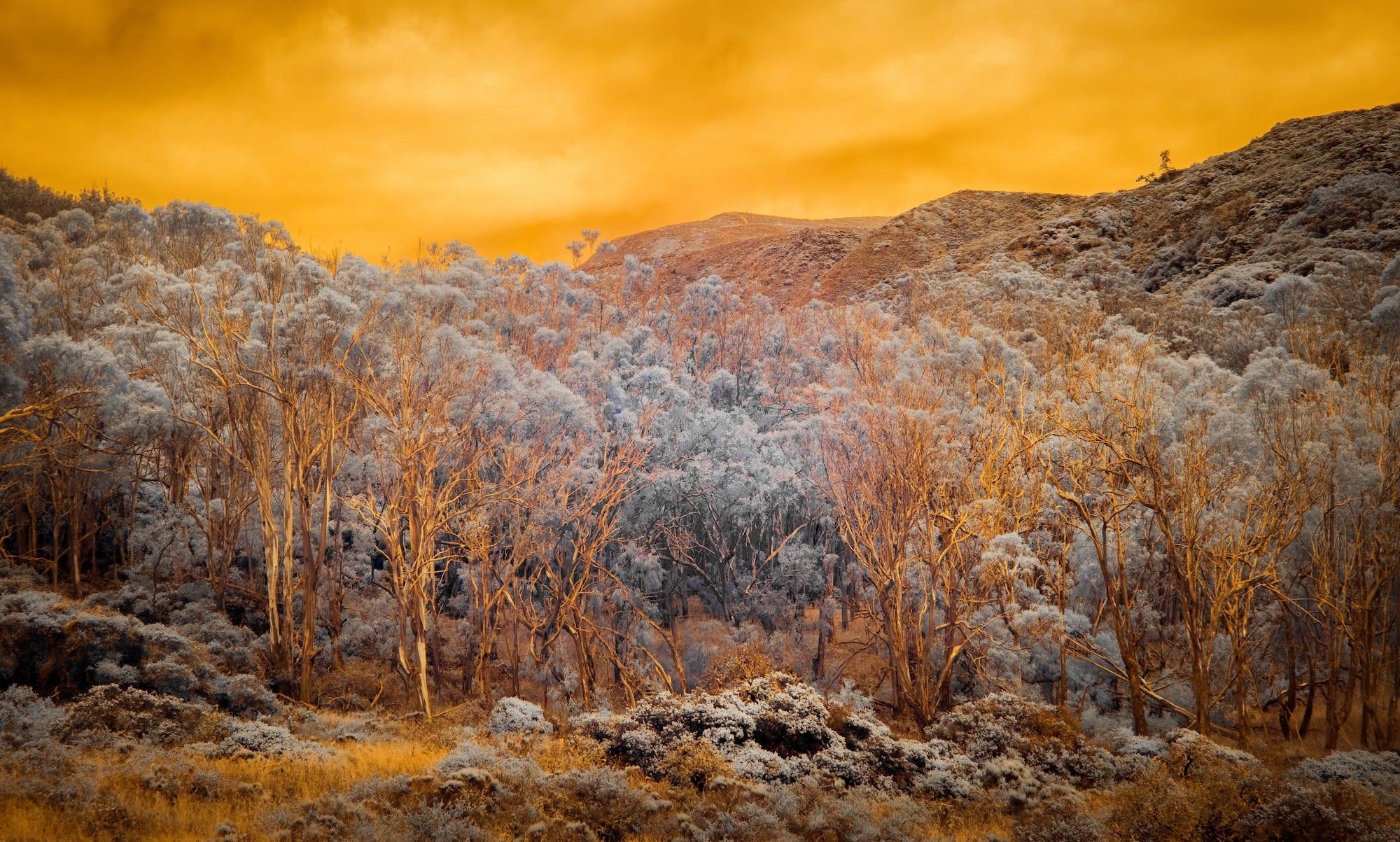
Photo by Don Smith. Sony Alpha 6600. Sony 24-105mm f/4 G. 1/640-sec., f/5.6, ISO 400
Lenses
Sony 14mm f/1.8 G Master: This is my new go-to night lens. I had the pleasure of testing this lens during a workshop along the Oregon Coast and I loved the edge-to-edge sharpness even when wide open. It makes astrophotography extremely enjoyable and allows me a wide field of view to show off the night sky.
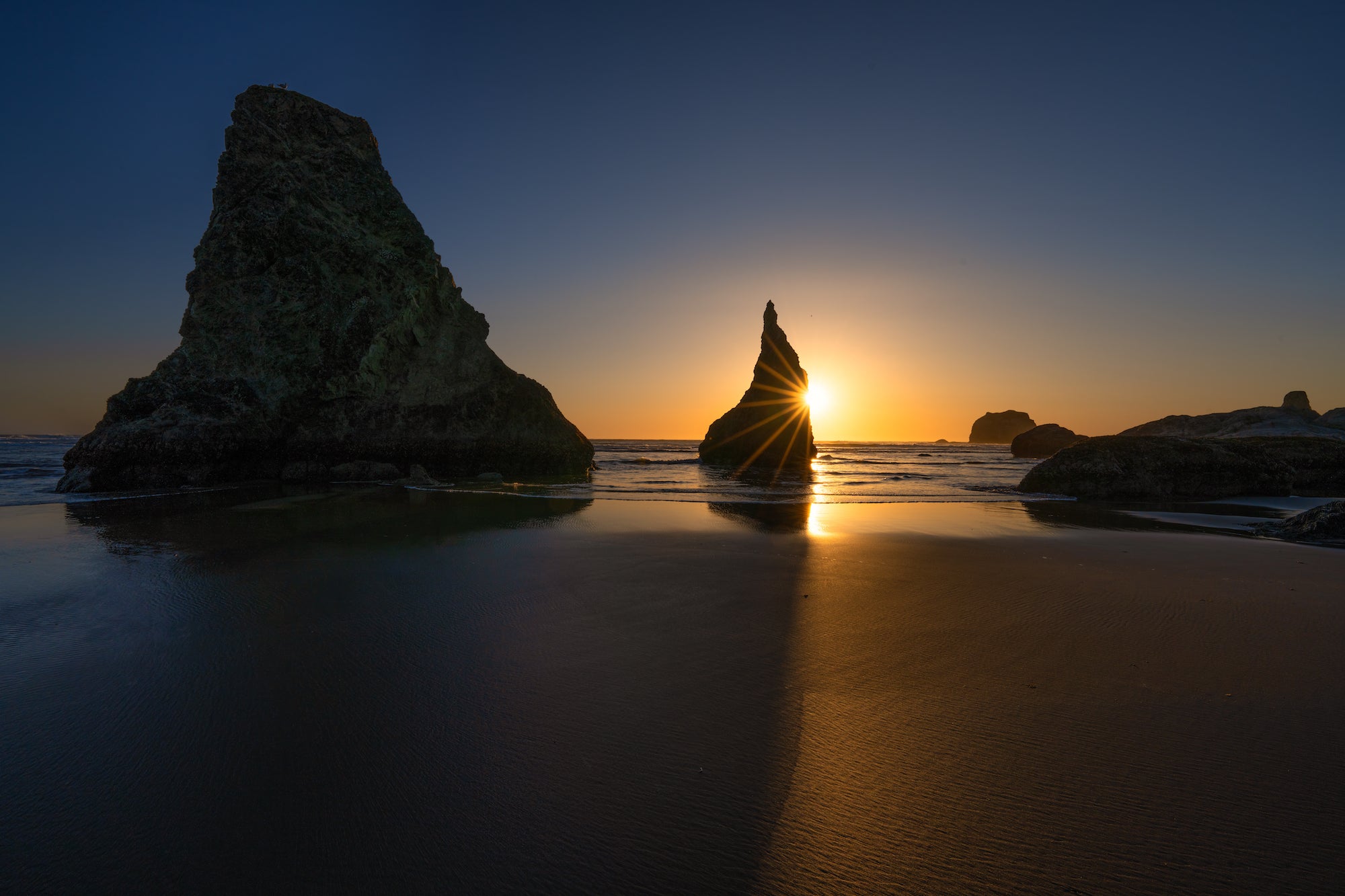
Photo by Don Smith. Sony Alpha 7R IV. Sony 14mm f/1.8 G Master. 1/200-sec., f/16, ISO 100
Sony 12-24mm f/2.8 G Master: Oftentimes in landscape I want to accentuate a near/far relationship and this lens is best for those situations. As with the 14mm, it is tack sharp and at f/2.8, it offers me a zoom option for my astrophotography.
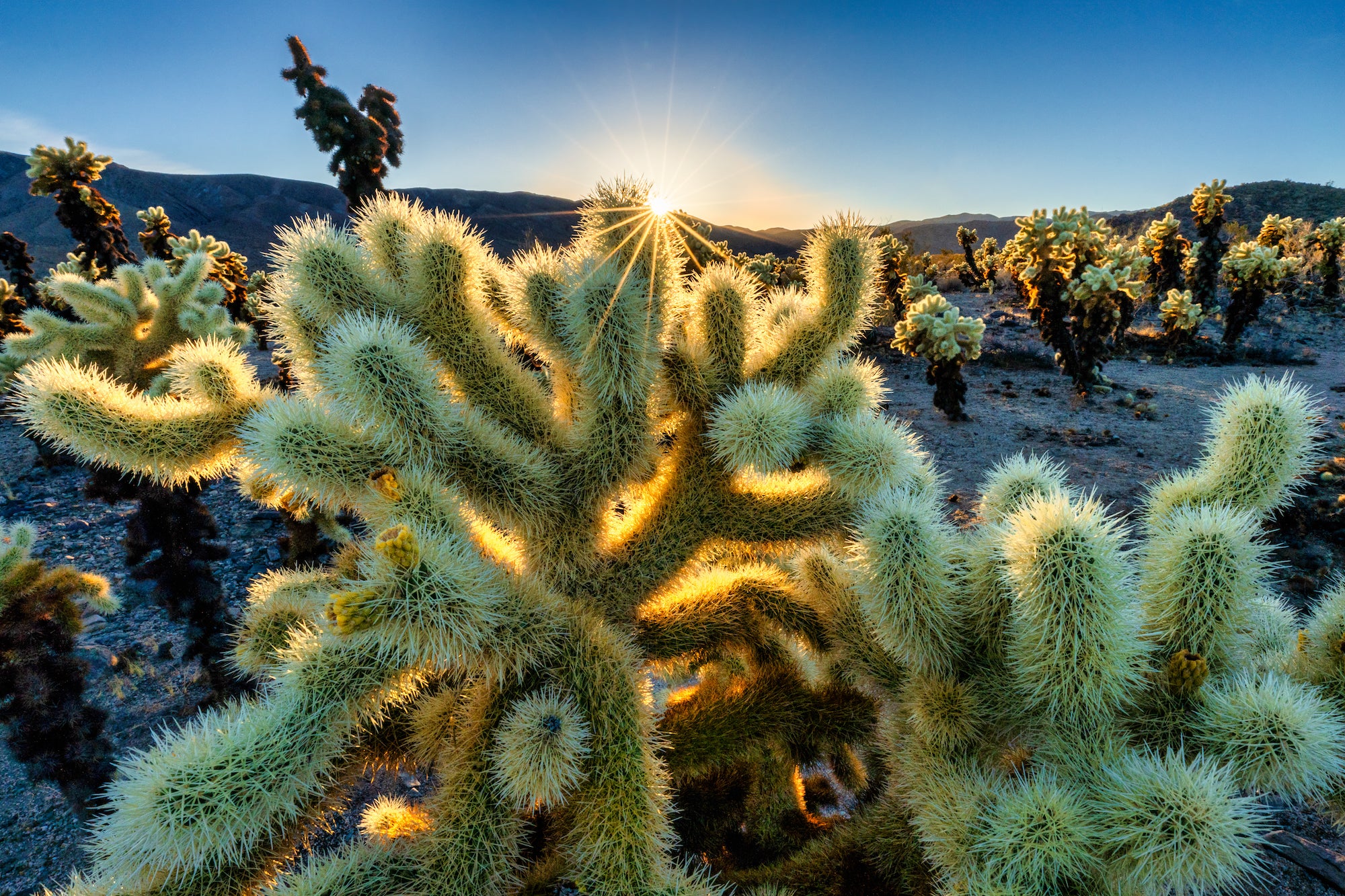
Photo by Don Smith. Sony Alpha 7R IV. Sony 12-24mm f/2.8 G Master. 1/80-sec., f/22, ISO 100
Sony 16-35mm f/2.8 G Master: My second choice when going wide with my compositions is this incredible zoom lens. It is extremely sharp from edge-to-edge and allows me to be very close to my foreground subject while having enough depth-of-field for faraway elements. I find myself reaching for this lens a lot.

Photo by Don Smith. Sony Alpha 7R IV. Sony 16-35mm f/2.8 G Master. 1/160-sec., f/16, ISO 200
Sony 24-105mm f/4 G: This is truly one of my workhorse lenses for landscape. If I must go out with one lens, this is usually it. The 24-105mm hits the sweet spot so often with my compositions, and even though it is not a GM lens, it should be – it is razor sharp.
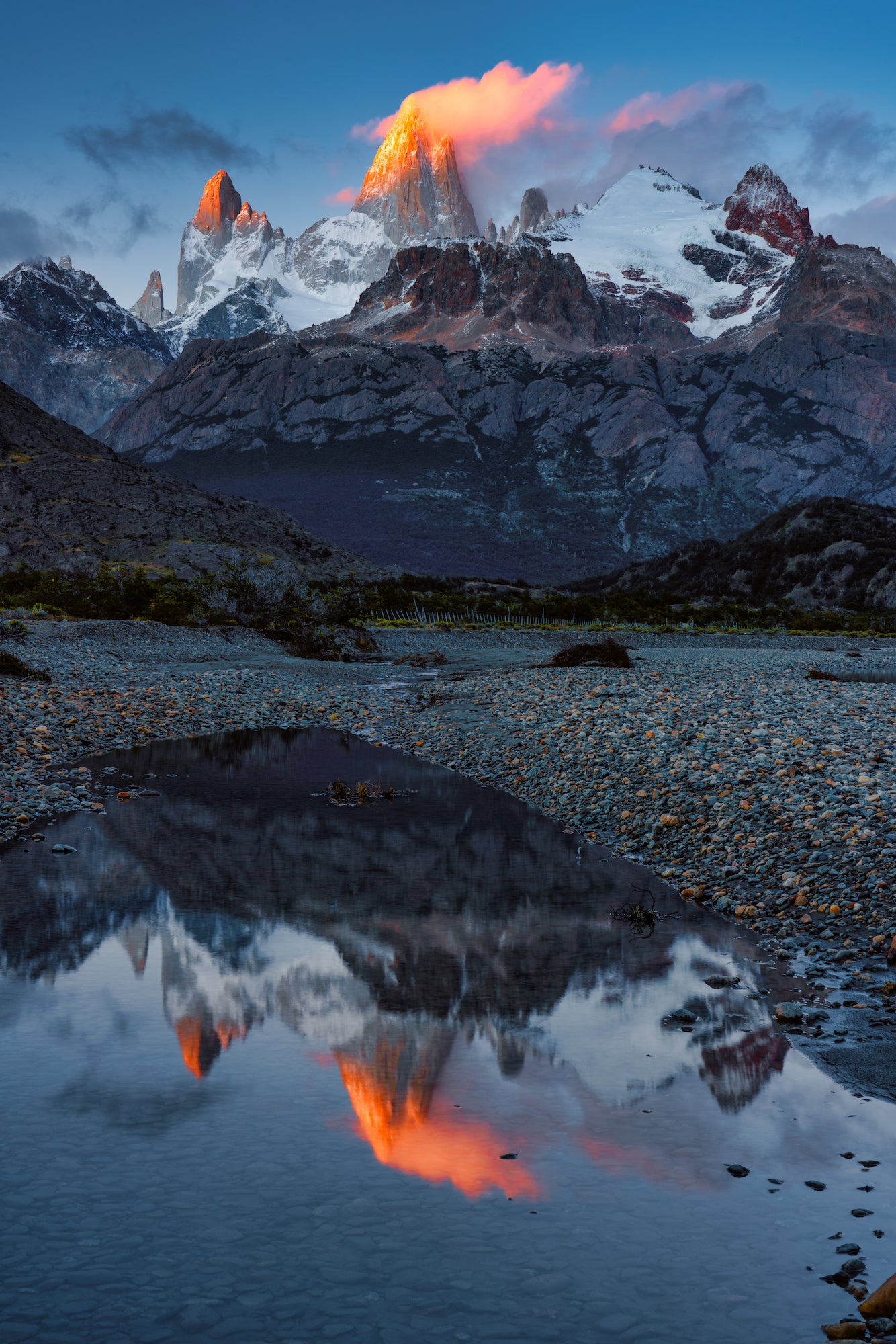
Photo by Don Smith. Sony Alpha 7R III. Sony 24-105mm f/4 G. 1/2-sec., f/16, ISO 100
Sony 100-400mm f/4.5-5.6 G Master: This is the first of three telephoto lenses that I mix and match depending on what I am shooting or travel conditions. The lens offers a great zoom range for isolating areas of the landscape when light is darting in and out. Many people don’t think of telephoto for landscape but I couldn’t live without them.
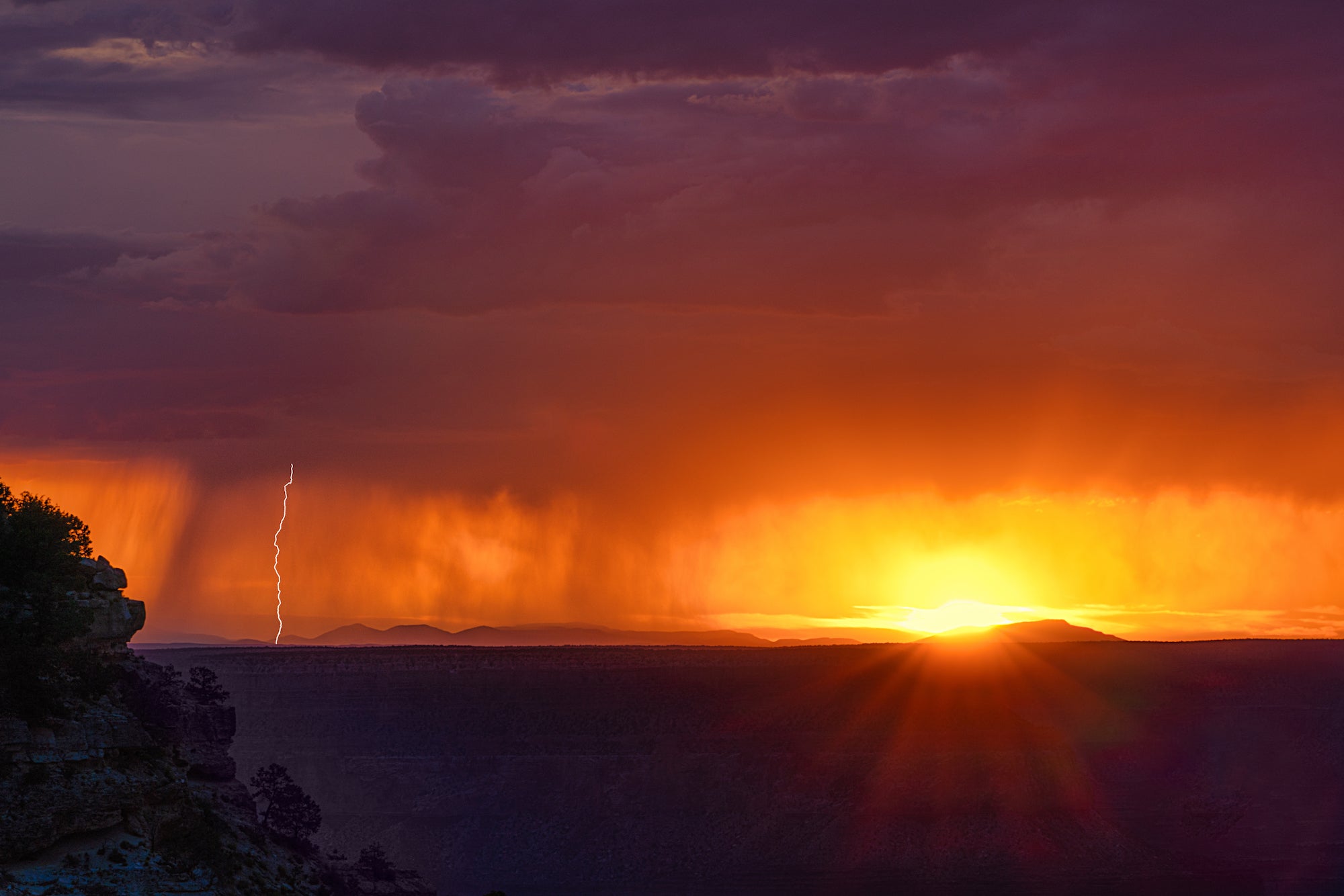
Photo by Don Smith. Sony Alpha 7R III. Sony 100-400mm f/4.5-5.6 G Master. 1/4-sec., f/22, ISO 50
Sony 200-600mm f/5.6-6.3 G: My next telephoto lens that I have grown to love is the 200-600mm. This is an awesome lens that allows me even more range when I am trying to isolate a portion of the scene. It also couples well with both my 1.4x and 2x converters giving me an effective reach of 1200mm!
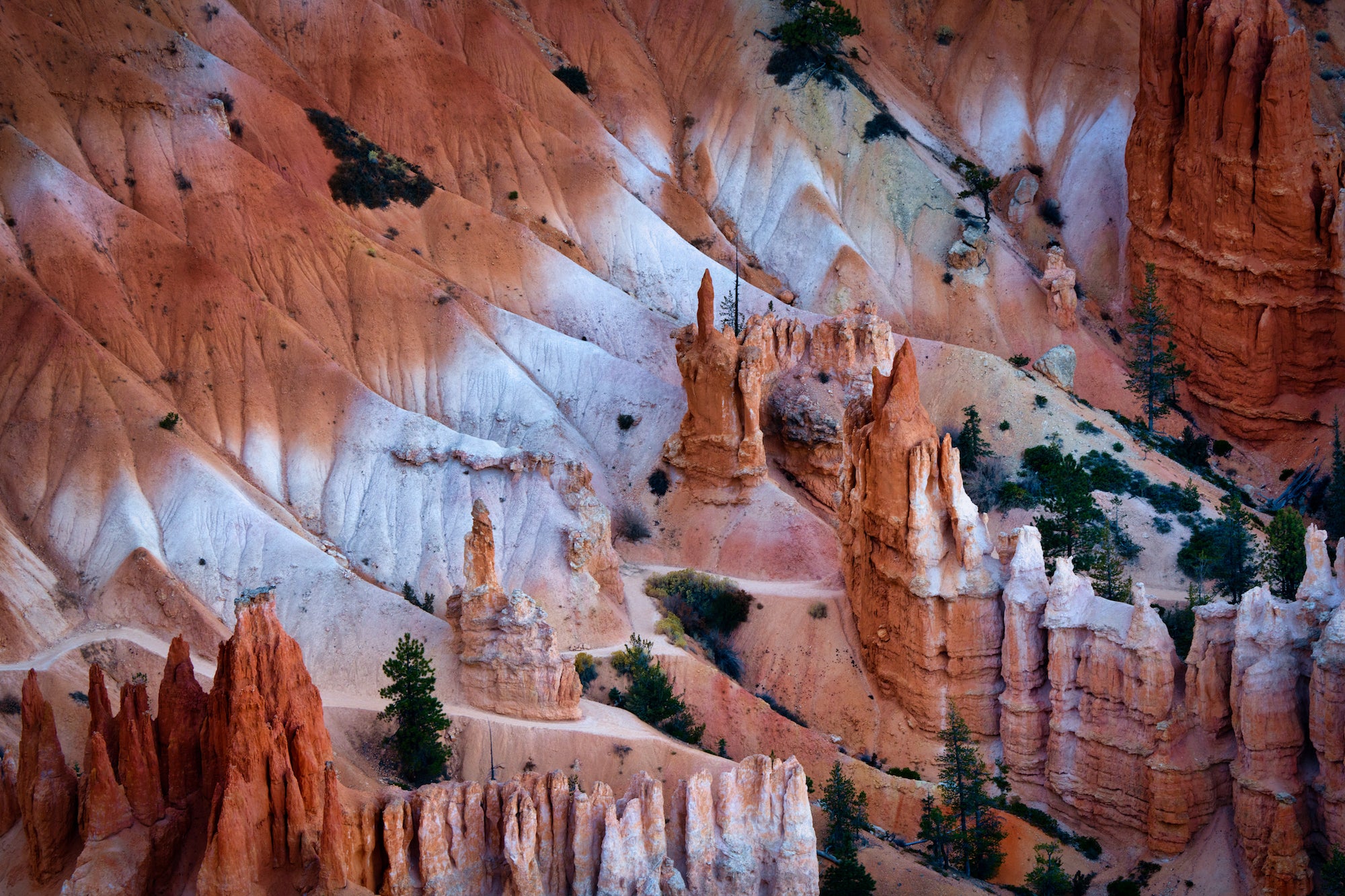
Photo by Don Smith. Sony Alpha 7R IV. Sony 200-600mm f/5.6-6.3 G. 1/4-sec., f/11, ISO 200
Sony 400mm f/2.8 G Master: When it comes to tack sharpness in low light conditions, this is my go-to telephoto lens. It is also my primary sports and wildlife lens and I use it regularly with the Sony 1.4x converter. Without a doubt, this is the sharpest telephoto I have ever had the pleasure of owning!
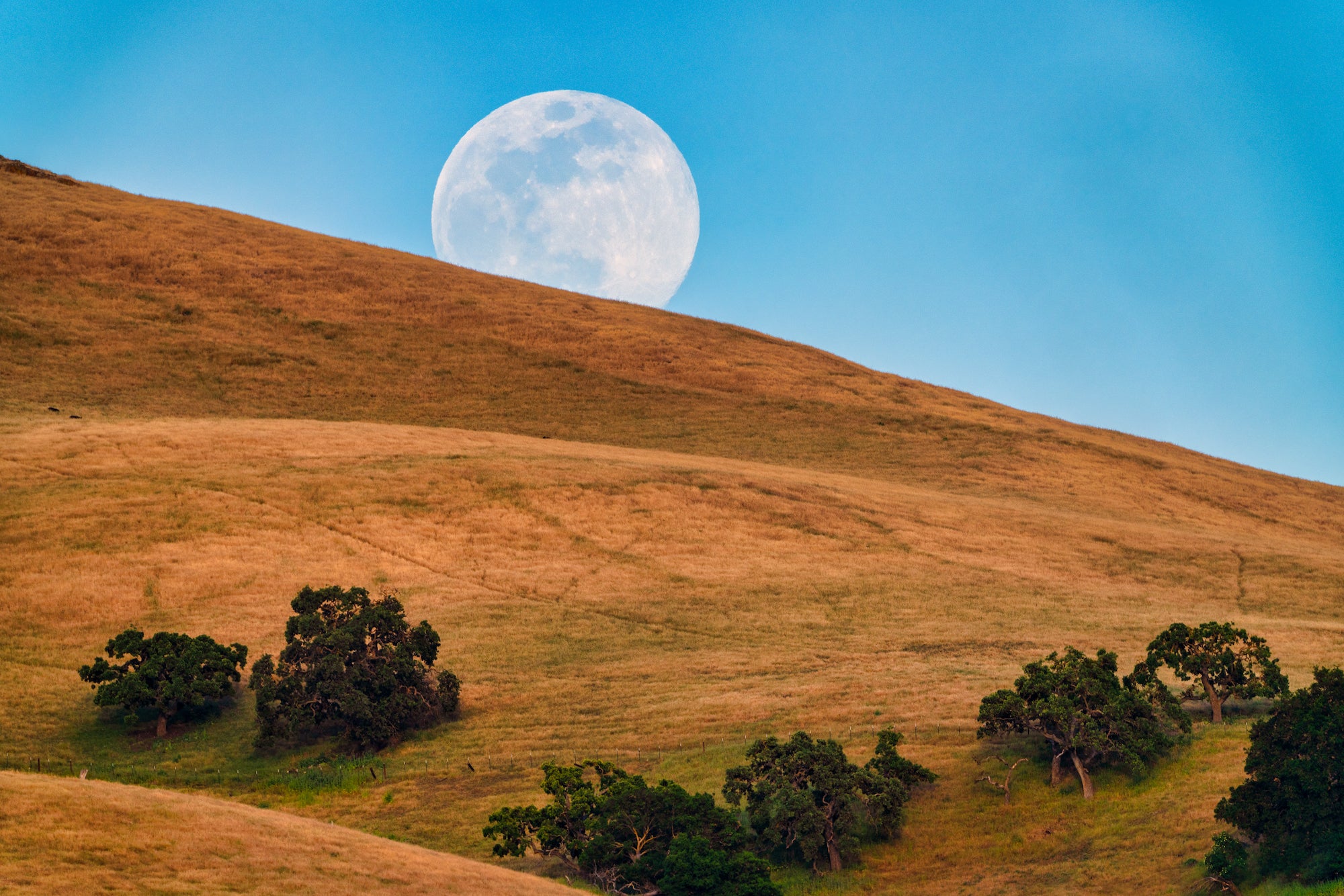
Photo by Don Smith. Sony Alpha 7R III. Sony 400mm f/2.8 G Master + 2x TC. 1/200-sec., f/8, ISO 200
Sony 90mm f/2.8 Macro G: Though this lens did not get the GM designation, it should have. This lens is crazy sharp and can be used for both macro and portraiture. It is lightweight and is an easy addition to my pack while hiking and shooting flowers.

Photo by Don Smith. Sony Alpha 7R II. Sony 90mm f/2.8 G Macro. 1-sec., f/11, ISO 100
Sony 1.4x and 2x Teleconverters: Throughout my career, I have had the opportunity to shoot with many of the competitor’s cameras and glass. When it came to teleconverters, I found none of them to be sharp – especially in the 2x range. However, Sony changed all this with the creation of these two teleconverters. I don’t think twice about using either one if the situation calls for it. They match beautifully with my Sony telephotos that I have listed and offer me the ability to get in as tight as I need to be to my subject.
Accessories
Some of my key accessories in or attached to my Think Tank 36L and 26L bags are:
- Giotto Rocket Blower (for keeping sensors clean of dust)
- Really Right Stuff L-brackets, ballheads and tripods
- Polartec glove liners
- Vallerret photo gloves
- North Face Ski Hats
- Microfiber cloths for cleaning lenses
- I also use exclusively Singh-Ray filters including: Polarizers, Graduated Neutral Density Filters and Mor-Slo 5, 10 and 20 stop Circular Neutral Density Filters
- Lastly, I carry a Sony RM-VPR1 Remote Cord



